Born from the Wild Nordic Forests
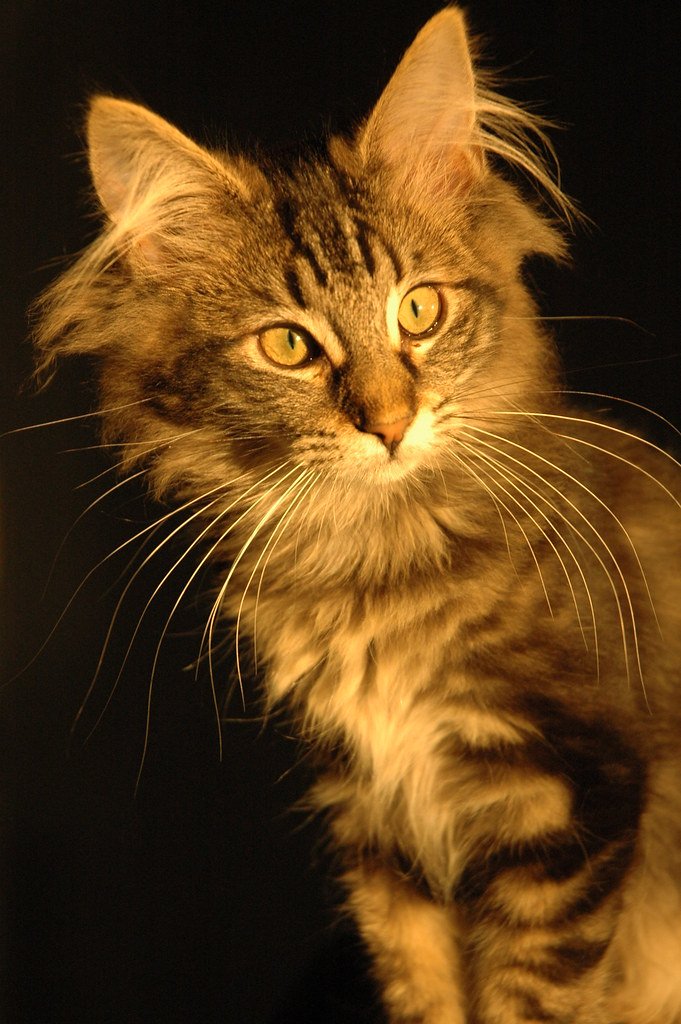
Picture a cat that survived the harsh Scandinavian winters for over a thousand years. The Norwegian Forest Cat, known as “Wegie” to enthusiasts, carries the DNA of ancient survival instincts that would make any outdoor adventurer jealous.
These magnificent felines didn’t just adapt to Norway’s brutal climate — they thrived in it. Their ancestors roamed alongside Vikings, developing traits that modern house cats can only dream of possessing.
That Legendary Double-Layered Coat
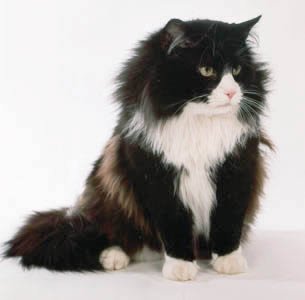
The Wegie’s coat isn’t just beautiful — it’s a masterpiece of natural engineering. The outer layer repels water like a high-tech jacket, while the dense undercoat traps warm air close to their skin. This combination kept their ancestors warm in temperatures that would freeze most creatures solid.
Even indoors, this coat continues working overtime. Your Norwegian Forest Cat naturally regulates their body temperature better than most breeds, making them surprisingly adaptable to different climates and seasons.
Paws Built Like Natural Snowshoes

Those adorable tufts of fur between their toes aren’t just for show. Norwegian Forest Cats have extra-large paws with built-in “snowshoes” that helped their ancestors trek through deep snow without sinking.
Today, these oversized paws give indoor Wegies incredible grip and balance. Watch them navigate your furniture with the grace of a mountain climber — those ancestral adaptations are still hard at work.
The Climbing Champions of the Cat World
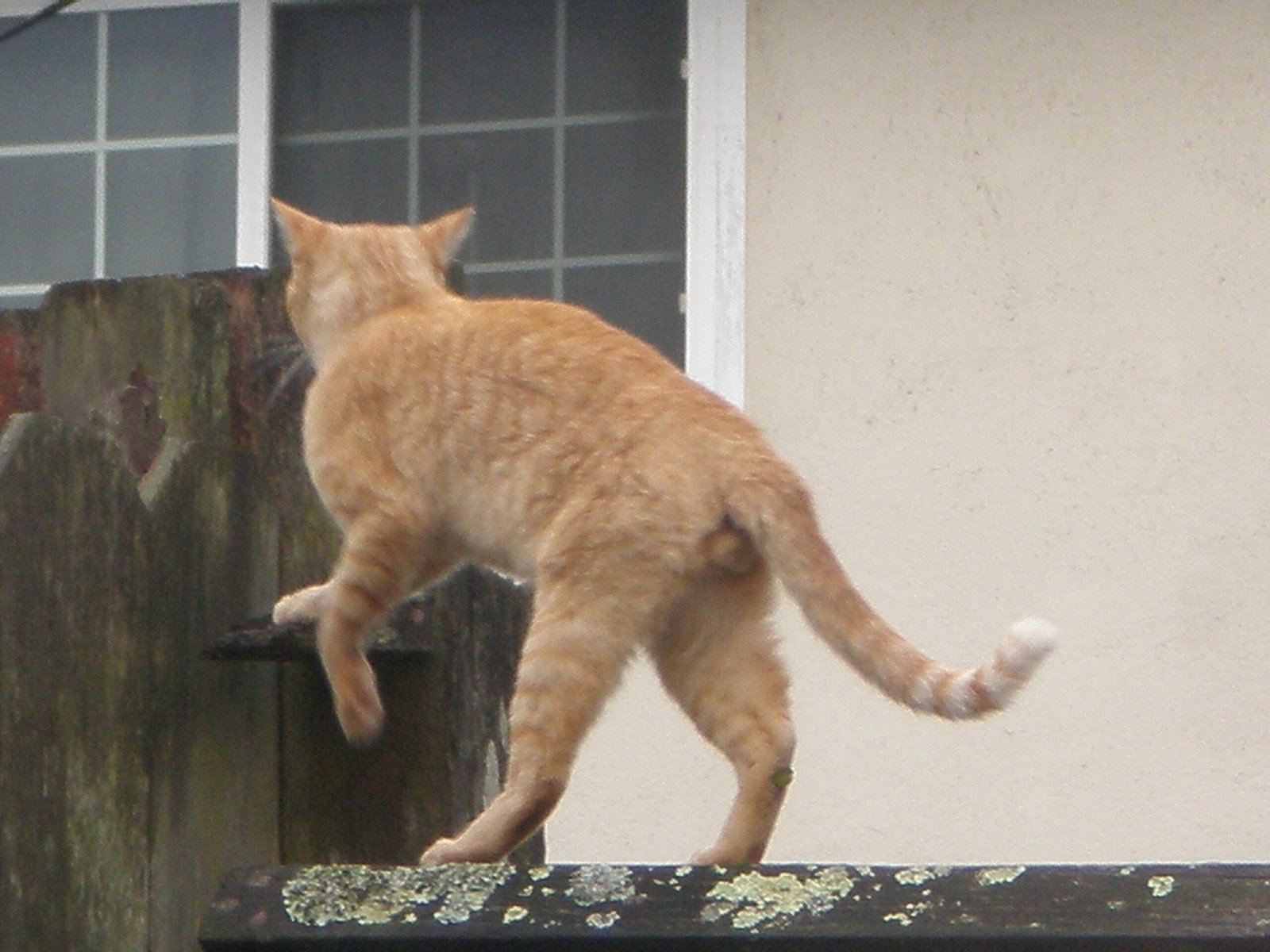
Norwegian Forest Cats are the only breed that can descend trees headfirst, thanks to their powerful hind legs and exceptional balance. This unique ability saved countless wild ancestors from predators and harsh weather.
Your indoor Wegie still carries this superpower. They’ll scale your tallest bookshelf or cat tree with ease, then come down headfirst like they’re defying gravity itself.
Those Expressive Almond Eyes

The piercing, almond-shaped eyes of a Norwegian Forest Cat aren’t just stunning — they’re survival tools. These eyes are perfectly designed to track movement in low light conditions, helping their ancestors hunt during long Nordic winters.
Even in your living room, those keen eyes miss nothing. Your Wegie can spot a dust bunny moving across the floor from across the room, thanks to vision that evolved for survival.
Water-Resistant and Fearless

Unlike most cats, Norwegian Forest Cats aren’t afraid of water. Their water-resistant coat and confident nature around moisture comes from ancestors who had to cross streams and handle wet conditions regularly.
Many indoor Wegies still show this fearlessness — don’t be surprised if yours joins you in the bathroom or even shows curiosity about the bathtub. That survival instinct runs deep.
The Gentle Giant Personality
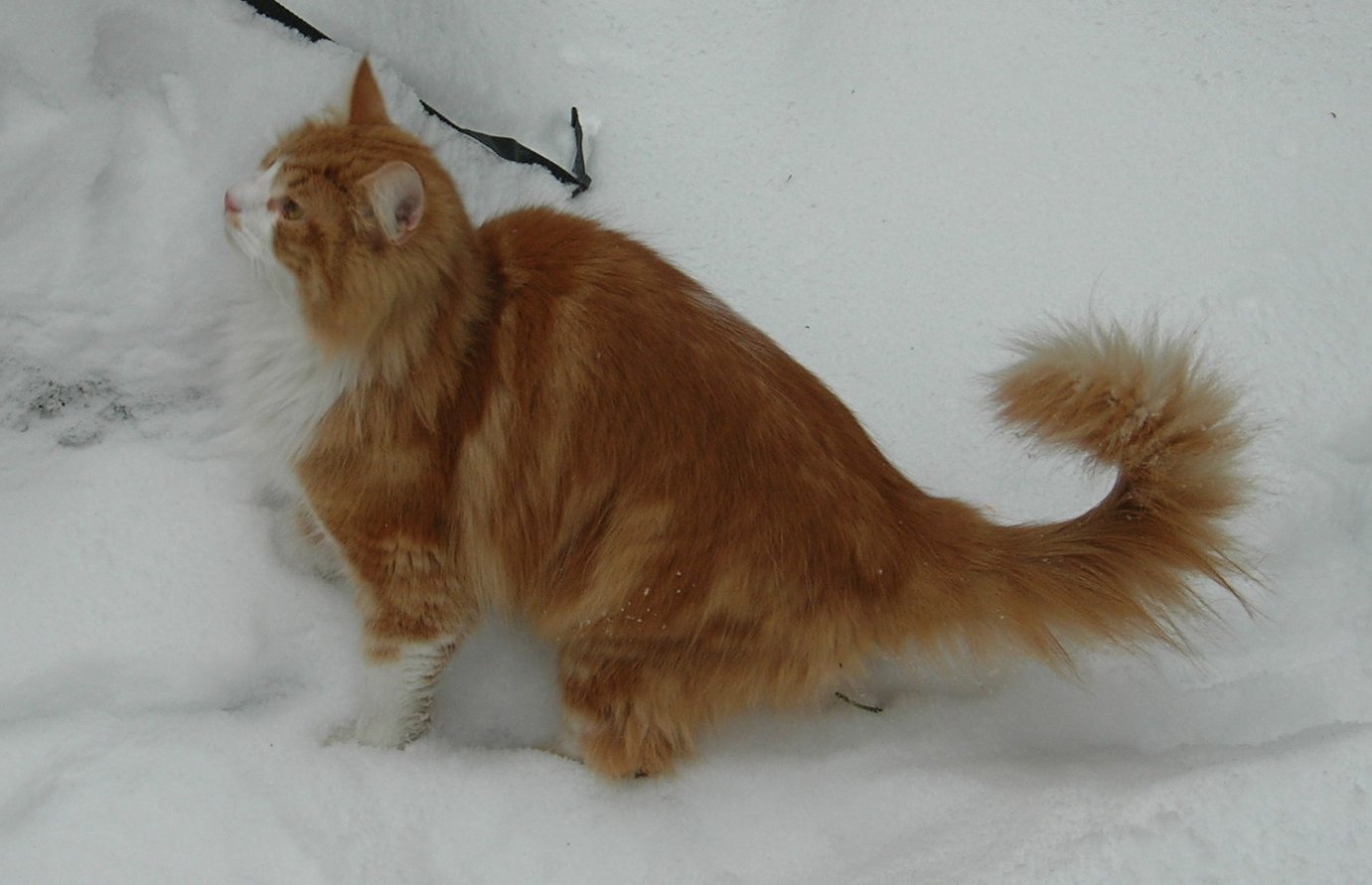
Despite their wild heritage, Norwegian Forest Cats developed an incredibly patient and gentle temperament. Living alongside humans for centuries taught them to be both independent and affectionate — the perfect indoor companion.
This balanced personality makes them excellent with children and other pets. Their survival instincts taught them when to be cautious and when to be social, creating cats with remarkable emotional intelligence.
Built-In Winter Mode
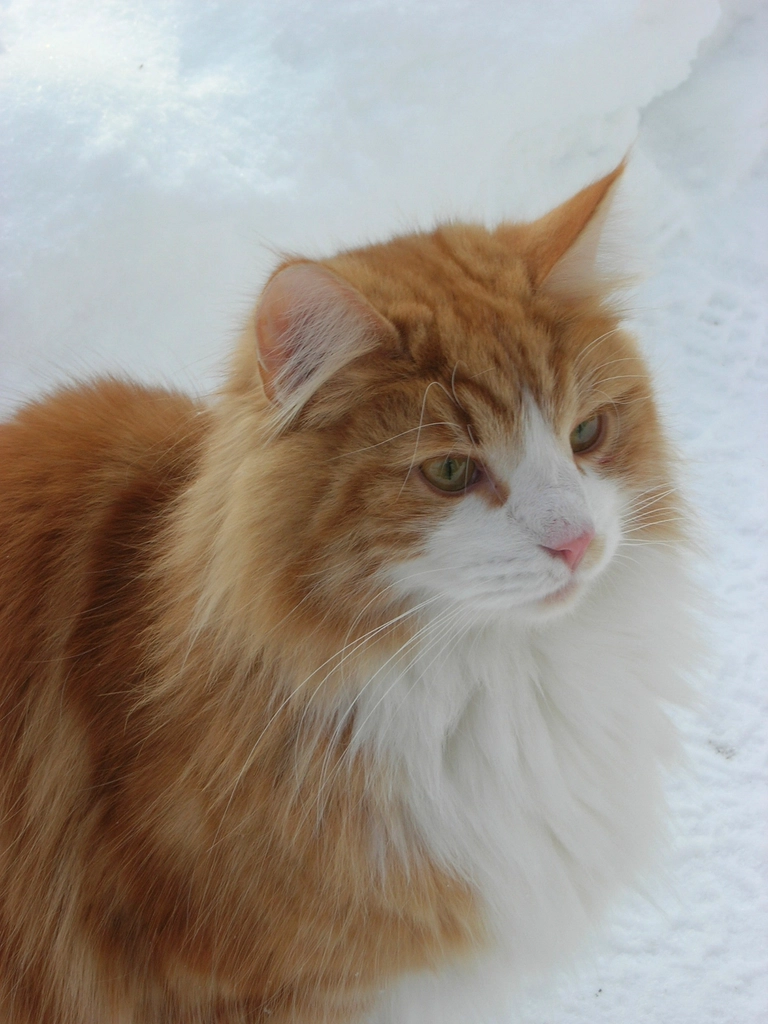
Norwegian Forest Cats naturally grow an even thicker coat as winter approaches, even when living indoors with central heating. This biological clock has been ticking for over a millennium, and modern comfort hasn’t switched it off.
Your indoor Wegie might become slightly less active during winter months, conserving energy just like their wild ancestors did. It’s not laziness — it’s ancient wisdom built into their DNA.
The Patient Hunter’s Instinct
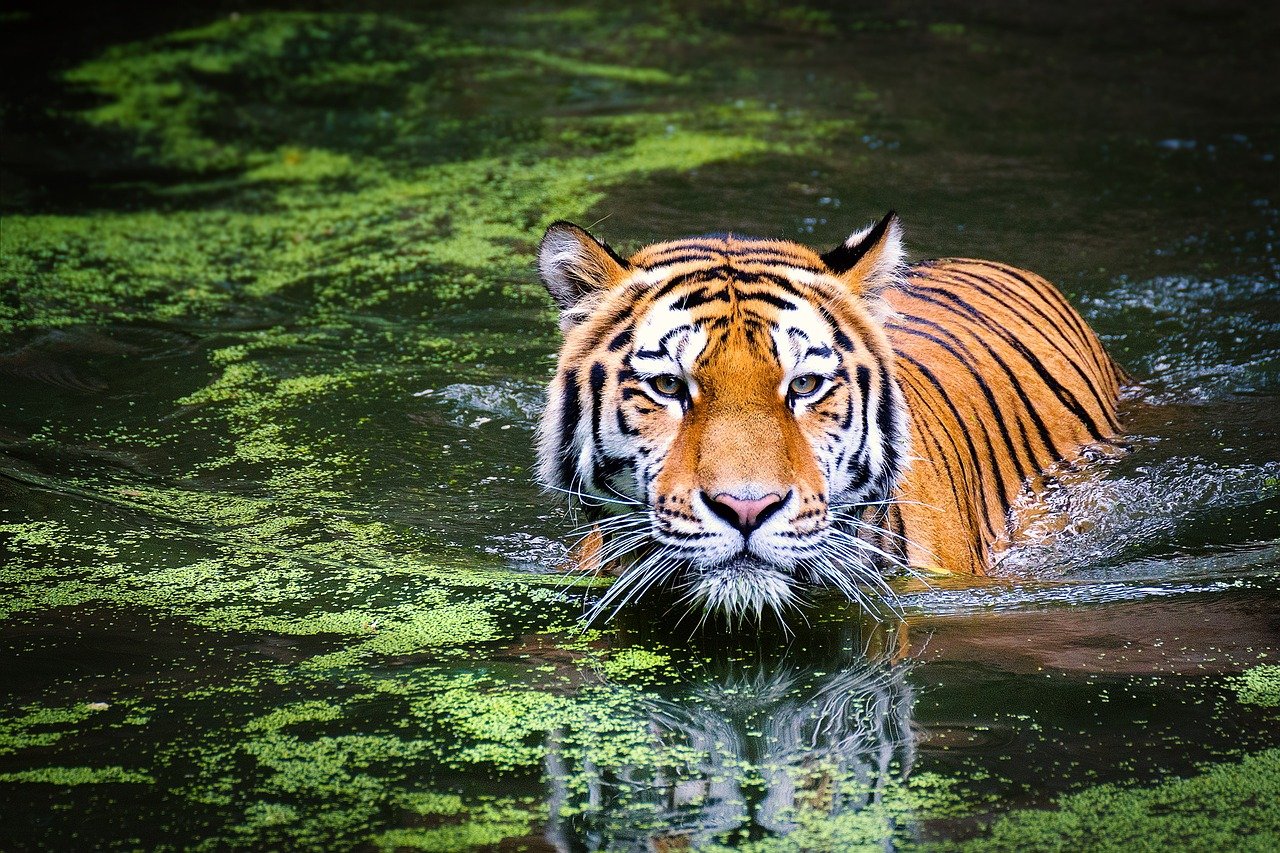
Wild Norwegian Forest Cats had to be patient hunters, waiting hours in freezing conditions for the perfect moment to strike. This incredible patience and focus is still present in every indoor Wegie.
Watch your cat stalk a toy mouse or laser pointer — that intense concentration and calculated approach comes straight from their survival heritage. They’re not just playing; they’re practicing skills that kept their ancestors alive.
Territorial Awareness That Never Sleeps

Norwegian Forest Cats possess an almost supernatural awareness of their territory. Their ancestors needed to know every tree, rock, and hiding spot in their domain to survive predators and harsh weather.
Your indoor Wegie maintains this same territorial intelligence. They know every corner of your home, every sound that belongs and every one that doesn’t. This makes them excellent natural alarm systems.
The Independent Problem Solver

Survival in the Norwegian wilderness required cats who could think for themselves and solve problems without help. This independence bred cats who are remarkably self-sufficient and intelligent.
Indoor Norwegian Forest Cats still display this trait daily. They’ll figure out how to open doors, access high shelves, or create their own entertainment when bored. Their problem-solving skills are genuinely impressive.
Social Hierarchy Instincts
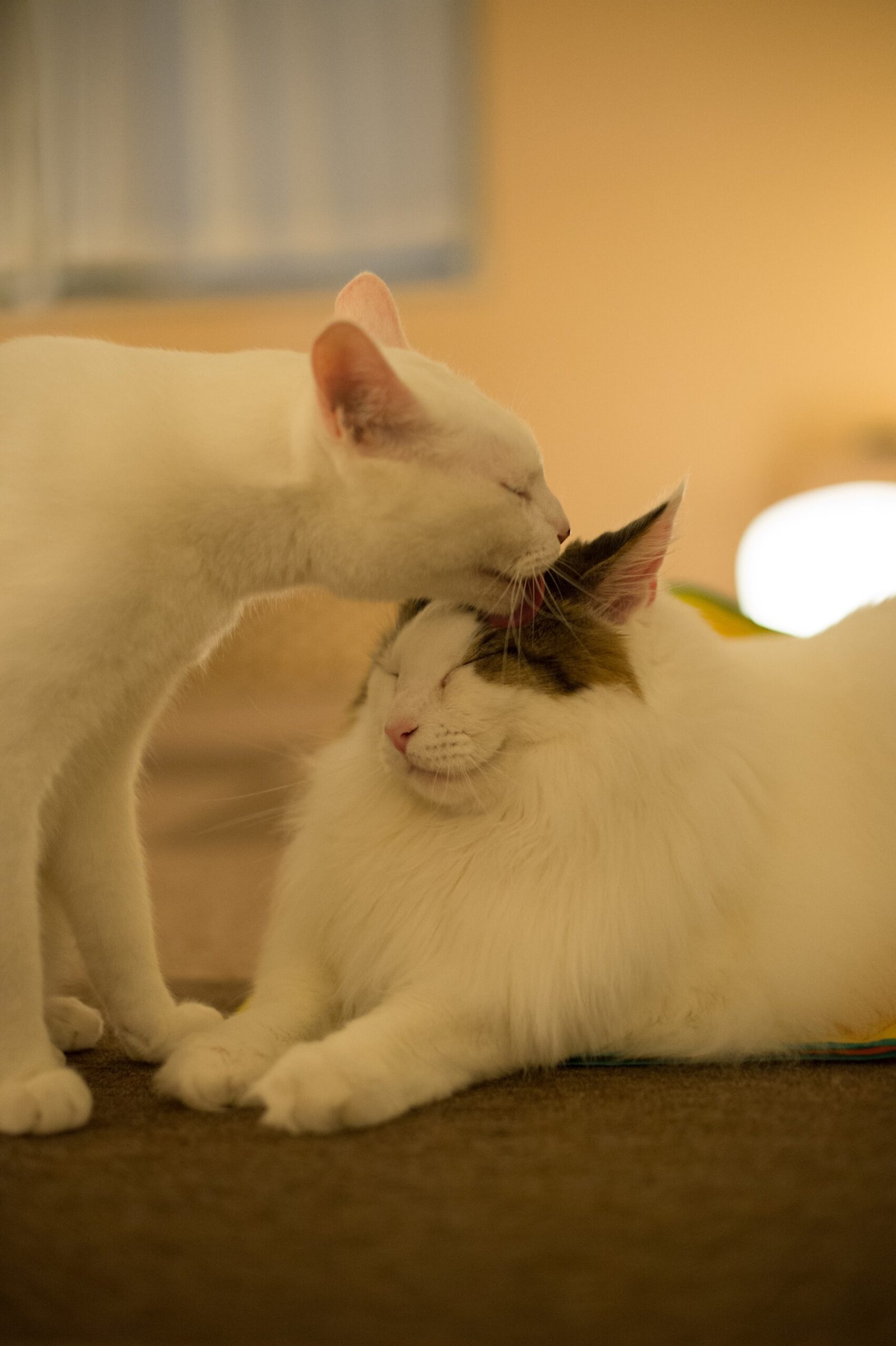
Wild Norwegian Forest Cats lived in loose social groups during harsh winters, developing sophisticated communication skills and respect for hierarchy. These social instincts help them integrate beautifully into human families.
Your Wegie intuitively understands family dynamics and will often position themselves as a calm, stabilizing presence in the household. They read human emotions with the same skill their ancestors used to navigate cat social structures.
The Seasonal Energy Cycle
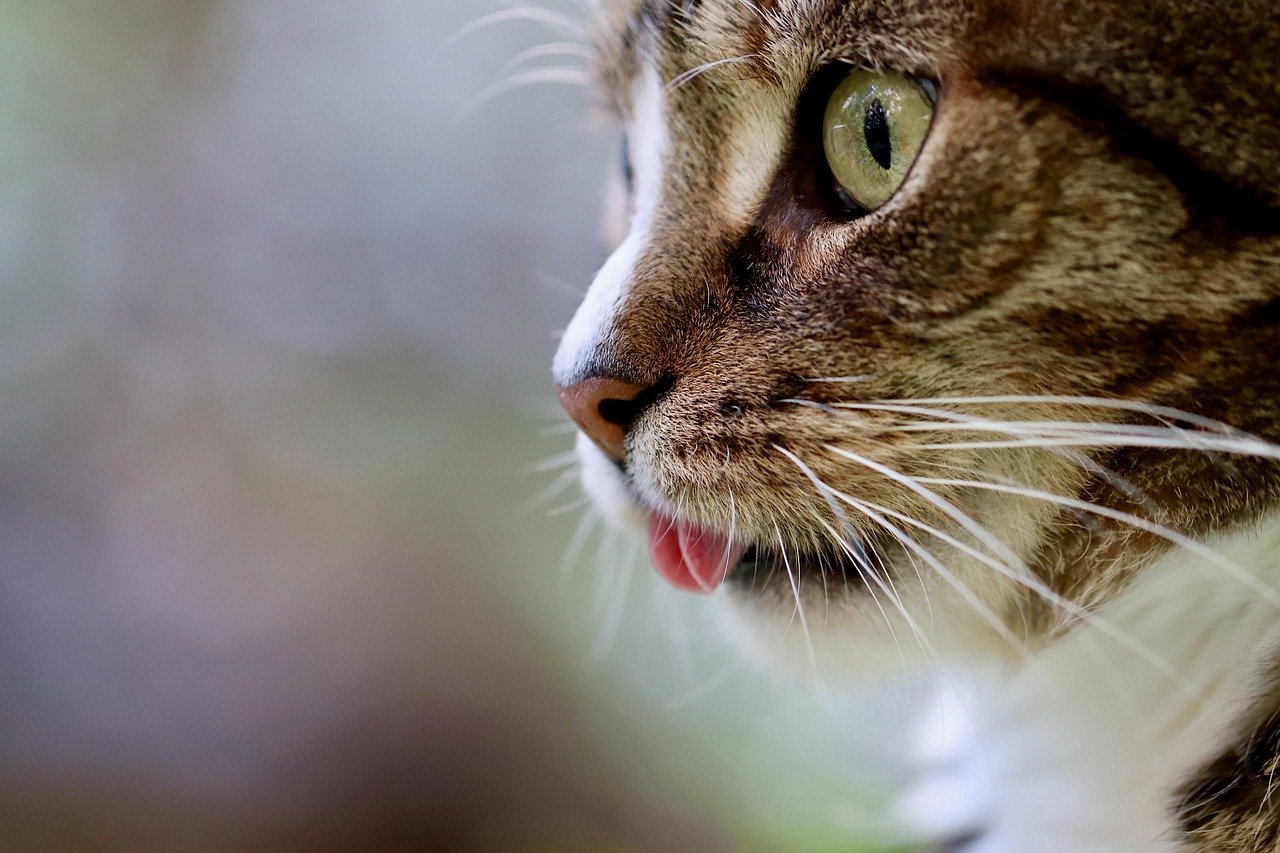
Norwegian Forest Cats naturally cycle their energy levels with the seasons, being more active during spring and summer months. This biological rhythm helped their ancestors make the most of favorable hunting conditions.
Even comfortable indoor cats maintain this pattern. Don’t worry if your Wegie seems more playful in warmer months and more contemplative during winter — they’re following an ancient internal calendar.
Built-In Food Storage Mentality
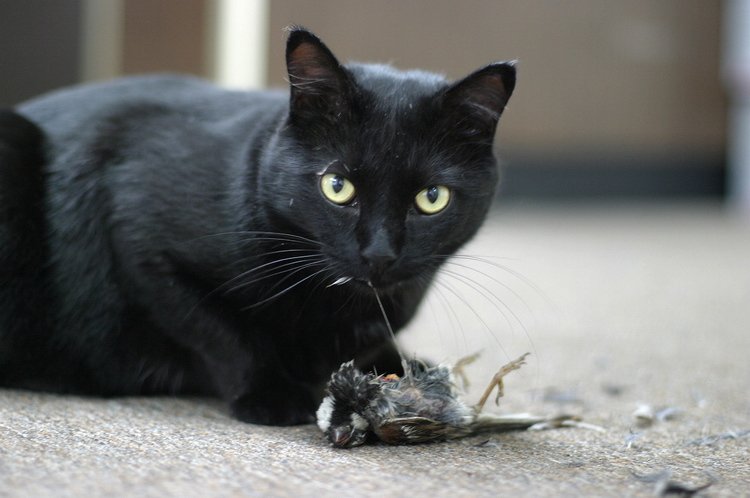
Wild Norwegian Forest Cats had to be strategic about food, sometimes going days between successful hunts. This created cats with excellent portion control and natural food management instincts.
Indoor Wegies often display similar behaviors, eating slowly and deliberately rather than wolfing down their food. Some even “save” treats for later, hiding them around the house like their ancestors cached prey.
The Ultimate Indoor Adaptation
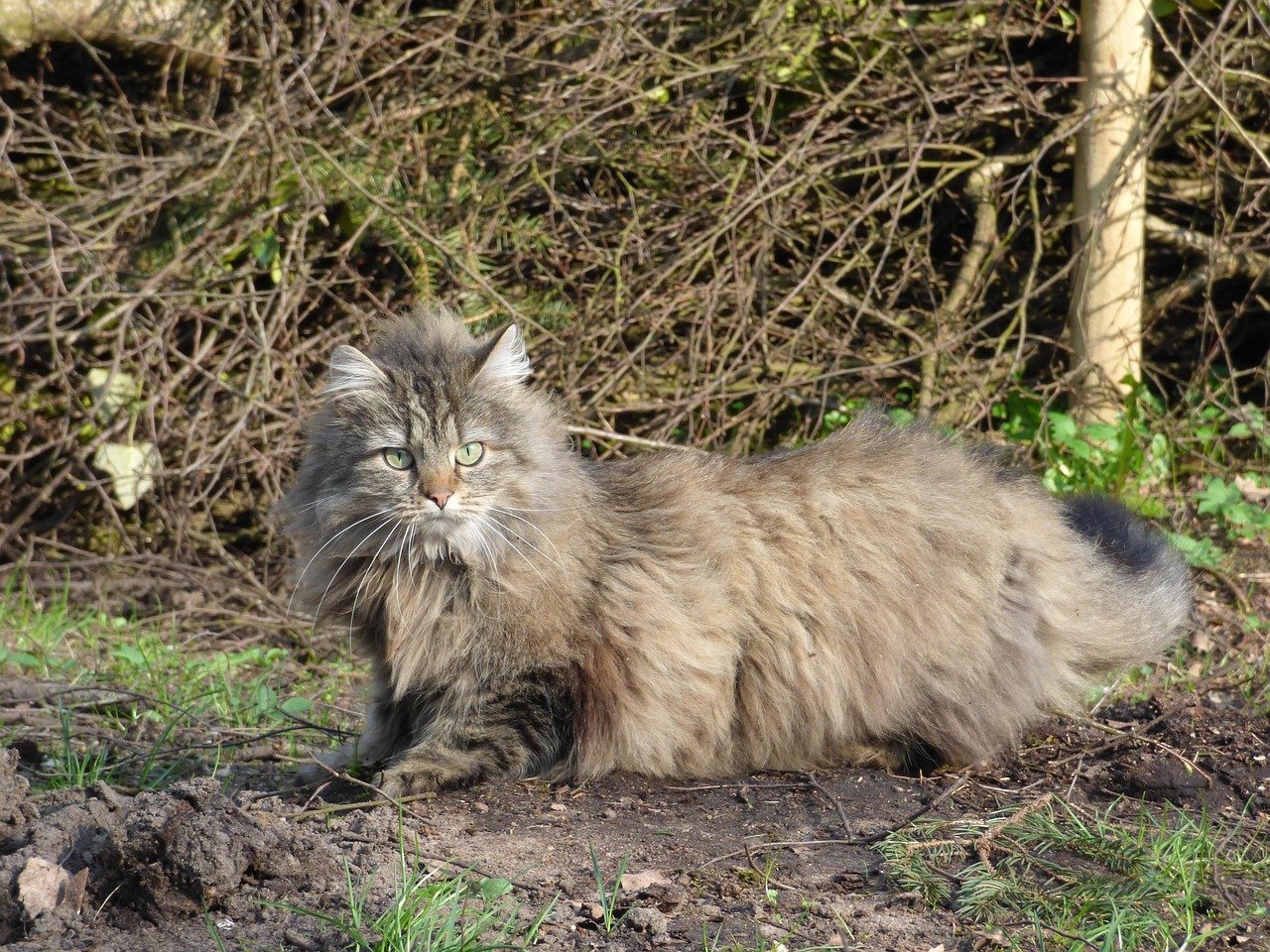
Perhaps most remarkably, Norwegian Forest Cats seem almost designed for indoor life despite their wild heritage. Their calm temperament, moderate activity level, and strong human bonds make them ideal house cats.
They’ve retained all their survival superpowers while developing the perfect personality for modern indoor living. It’s as if thousands of years of evolution prepared them specifically for becoming beloved family members.
Conclusion: Ancient Wisdom in Modern Homes
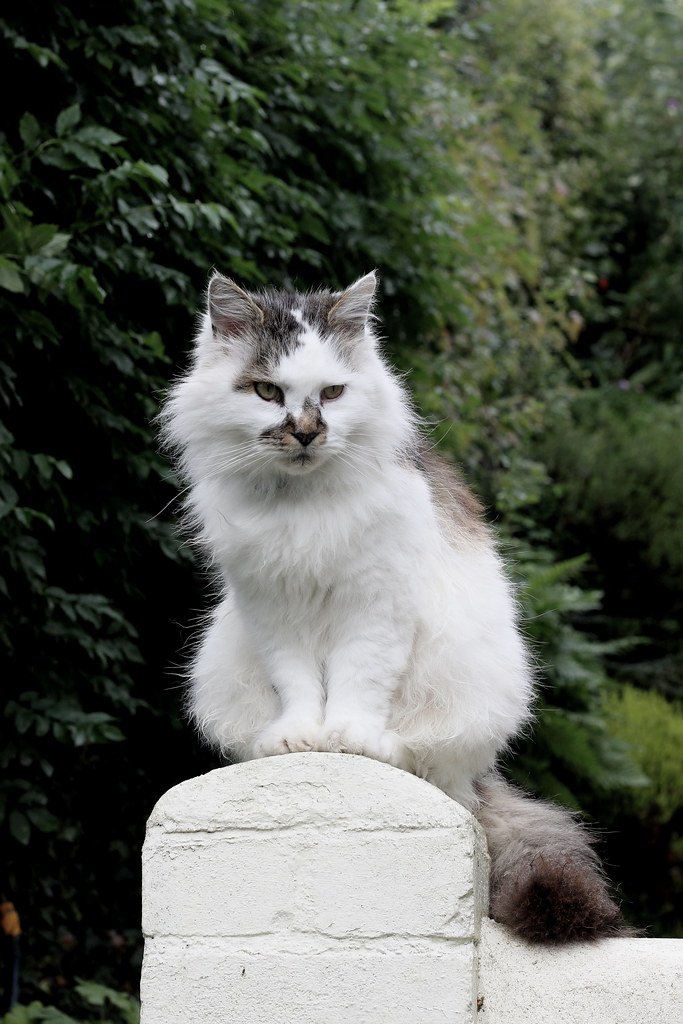
The Norwegian Forest Cat proves that survival instincts don’t disappear just because life gets comfortable. Every day, these remarkable cats demonstrate abilities honed by centuries of harsh Nordic winters, now perfectly adapted for indoor adventures.
Their legendary coat, powerful build, patient hunting style, and social intelligence make them living reminders of nature’s incredible design. When you watch your Wegie navigate your home with such confidence and grace, remember — you’re witnessing a masterpiece of natural selection in action.
Who knew that the perfect indoor companion would be a cat literally built for surviving some of Earth’s harshest conditions?
Hi, I’m Bola, a passionate writer and creative strategist with a knack for crafting compelling content that educates, inspires, and connects. Over the years, I’ve honed my skills across various writing fields, including content creation, copywriting, online course development, and video scriptwriting.
When I’m not at my desk, you’ll find me exploring new ideas, reading books, or brainstorming creative ways to solve challenges. I believe that words have the power to transform, and I’m here to help you leverage that power for success.
Thanks for stopping by, Keep coming to this website to checkout new articles form me. You’d always love it!






